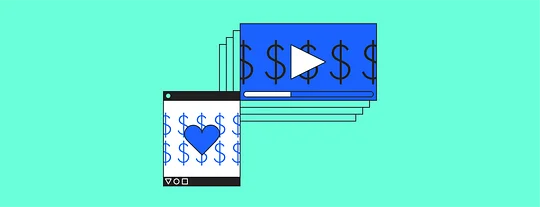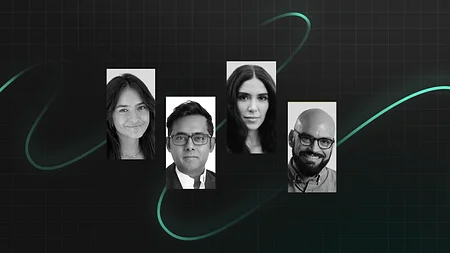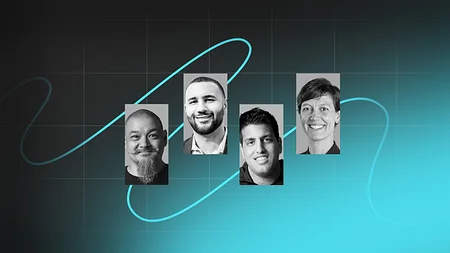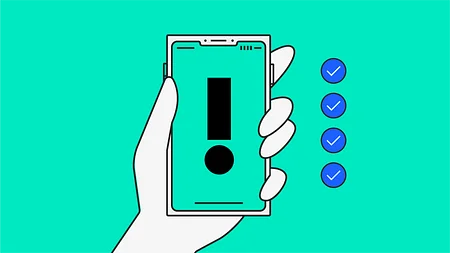The state of financial services in the creator economy

The creator economy is defined by SignalFire as the class of business built by independent content creators, curators and community builders, as well as the software and finance tools designed to help them with growth and monetisation.
Creators - influencers, bloggers, videographers and anyone else monetising their online fanbases - now total 50 million. LEGO and The Harris Poll found that more American children wanted to be a YouTube star (29%) than an astronaut (11%) last year.
Being a creator is aspirational. And why wouldn’t it be? What’s more fulfilling than making a living from your personal passions and engaging a like-minded audience? Who wouldn’t want more control over how they spend their time or the flexibility of being their own boss?
So creatorship has exploded and become one of the fastest-growing economies. The rising number of creators is meeting surging viewership, partly spurred on by the COVID-19 pandemic as brands were forced to find new ways to connect with online audiences.
So creatorship has exploded and become one of the fastest-growing economies.
Creators are hot property right now. Social media platforms want them and the audiences they bring. Brands and marketers want to work with them so they can connect with audiences they previously couldn’t reach.
How did we get here?
Media platforms like YouTube and TikTok solved the distribution problem for creators, democratising access to large audiences. These platforms allowed creators to build a base of followers and offered editing tools that allowed them to polish their content to a professional standard.
Top creators with large audiences earned a split of traditional advertising revenue through these platforms. Brands then also began to pay creators to advertise products and services to their engaged and loyal followers. Agencies emerged to connect brands with creators, which offered creators a new revenue stream. However, many creators found this sponsored content didn’t connect with their audience because it didn’t align to their personal brand.
This has led to the next stage of the creator economy space. Creators are finding new ways to monetise the connection they’ve built with their followers in a way that is authentic to them and valuable to their followers. Creators provide premium content, merchandise, coaching, etc. in exchange for direct patronage from fans through membership platforms such as Buy Me A Coffee and Ko-Fi, converting loyal followers into profitable ‘superfans’.
Creators are finding new ways to monetise the connection they’ve built with their followers in a way that is authentic to them and valuable to their followers.
The creator economy is changing the way that people earn a living and this emerging segment of creators has unique financial needs that are not being served by traditional banks. Creators are routinely turned down for things such as credit and rent applications because providers do not see their businesses as legitimate.
What tools are available to support creators?
While traditional infrastructure and tools have struggled to keep pace, new creator-focused solutions are emerging to capitalise on the growing demand. VCs are also registering their interest in this rapid growth sector, with The Information estimating a total investment of $2bn into creator-focused startups in the first half of 2021 alone.
These new solutions are typically still early-stage and aimed at narrow verticals to address the biggest problems for creators. Access to credit and instant financing solutions has emerged as a key battleground in an industry where cashflow is often lumpy and late payment is a common problem.
Karat, a creator-focused credit card that advances fee-free credit on sponsorship payments, raised $26 million in Series A funding last year. In the longer term, Karat wants to create a financial infrastructure for creators, allowing them to get a mortgage, take out business loans and file their taxes.
Invoice financing tool Monet allows creators to get paid within 24 hours. It’s also helping creators to better navigate cashflow difficulties by helping them to predict cash runway, making budgeting and financial planning easier. Willa Pay allows users to create custom invoices with payment links and details and offers fast access to payments. Willa has raised $21m in funding to date, with a debit card and additional services coming soon.
UK-based XPO also offers speedy invoice financing for creators which allows them to get paid within 24 hours of completing a job. According to co-founder Lotanna Ezeike, the plan is to build an entire financial ecosystem around creators. The data collected from invoice financing will be used to provide predictive data on creator earnings, which will allow access to credit and other banking facilities.
There's also a raft of tools emerging to help creators manage all the other aspects of content creation.
Influencer marketplaces, such as Collabstr, Tribe and #Paid connect creators with brands that match their identities. Project management tools, such as Moe Assist and CloutJam, help creators to centralise and manage various administrative tasks. Analytics platforms, such as Stir, provide invaluable information on audience concentration, growth analytics and earnings breakdown.
What next for the creator economy?
There are a number of trends to keep an eye on. For one, creators are starting to move their audiences off the traditional media platforms and on to community builder platforms like Circle. This has the potential to transform the space. Creators can monetise smaller audiences of superfans with more niche content rather appealing to larger audiences with generic content.
Creators can monetise smaller audiences of superfans with more niche content rather appealing to larger audiences with generic content.
As VC interest in this space continues to explode, we should see more creator-focused tools and solutions come to market to service the needs of this growing demographic.
A word of caution. Platforms like FYPM - aimed at introducing pay transparency for influencers - suggest that there’s still some way to go before real protections and workable standards are introduced.
The sector will continue to skyrocket.




